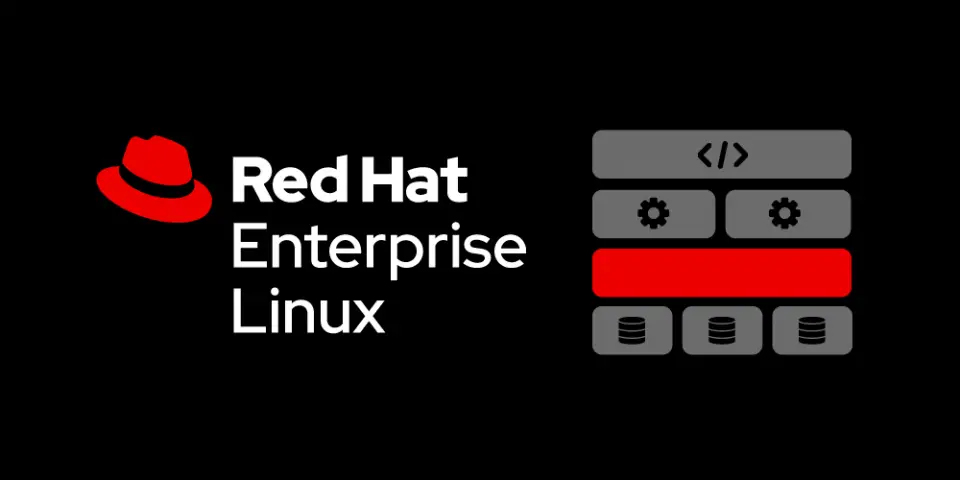Jenkins is an open-source automation server that helps to automate different types of tasks such as building, testing, and deploying software ( wich is part of the CI/CD process). In this tutorial, we will learn how to install it on CentOS 7.9.
Prerequisites
Before we start installing ou automation server, we need to ensure that the following prerequisites are met :
-A CentOS 7.9 server with a non-root user with sudo privileges.
-Java 8 or later version should be installed on the server.
In this tutorial we will discuss about installing OpenJDK 11.
Installing OpenJDK 11 :
as root, run the command bellow to install java 11 :
[root@jenkins ~]# yum install java-11-openjdk
Once the installation is complete, check the version :
[root@jenkins ~]# java --version openjdk 11.0.19 2023-04-18 LTS OpenJDK Runtime Environment (Red_Hat-11.0.19.0.7-1.el7_9) (build 11.0.19+7-LTS) OpenJDK 64-Bit Server VM (Red_Hat-11.0.19.0.7-1.el7_9) (build 11.0.19+7-LTS, mixed mode, sharing)
Now that’s our java is installed, let’s install automation server :
Install Jenkins
We need to set up the Jenkins repository. just follow the steps bellow :
Step 1: Run the following commande to download the repository file :
[root@jenkins ~]# wget -O /etc/yum.repos.d/jenkins.repo http://pkg.jenkins-ci.org/redhat-stable/jenkins.repo
This command downloads the repository file and place it on /etc/yum.repos.d/. Let’s take a look on this file :
[root@jenkins ~]# cat /etc/yum.repos.d/jenkins.repo [jenkins] name=Jenkins-stable baseurl=http://pkg.jenkins.io/redhat-stable gpgcheck=1
Step 2: then we need to importe the key from jenkins :
[root@jenkins ~]# rpm --import https://pkg.jenkins.io/redhat-stable/jenkins.io-2023.key
Step 3: Now we can install jenkins :
[root@jenkins ~]# yum -y install jenkins
Running transaction Installing : jenkins-2.387.2-1.1.noarch 1/1 Verifying : jenkins-2.387.2-1.1.noarch 1/1 Installed: jenkins.noarch 0:2.387.2-1.1 Complete!
Check the the version :
[root@jenkins ~]# jenkins --version 2.387.2
Start and enable Jenkins service:
Now we need to start and enable the Jenkins service by running the following command :
[root@jenkins ~]# systemctl start jenkins [root@jenkins ~]# systemctl enable jenkins Created symlink from /etc/systemd/system/multi-user.target.wants/jenkins.service to /usr/lib/systemd/system/jenkins.service.
Check the status on the service :
[root@jenkins ~]# systemctl status jenkins
● jenkins.service - Jenkins Continuous Integration Server
Loaded: loaded (/usr/lib/systemd/system/jenkins.service; enabled; vendor preset: disabled)
Active: active (running) since Tue 2023-05-02 20:58:04 +01; 34s ago
Main PID: 22890 (java)
CGroup: /system.slice/jenkins.service
└─22890 /usr/bin/java -Djava.awt.headless=true -jar /usr/share/java/jenkins.war --webroot=%C/jenkins/war --httpPort=8080
Adjust the Firewall
We need to open the 8080 port so you can access to Jenkinss on your web browser :
# firewall-cmd --permanent --zone=public --add-port=8080/tcp # firewall-cmd --reload
Configuring Jenkins
Once Jenkins is installed, you can access it on your web browser by navigating to http://<your-server-IP>:8080 :

On the login page, enter the initial admin password which can be found in the file :
/var/lib/jenkins/secrets/initialAdminPassword
Use cat commande to display your password :
[root@jenkins ~]# cat /var/lib/jenkins/secrets/initialAdminPassword
On the next screen, you will be asked whether you want to install the suggested plugins or to select specific plugins :

Choose to install suggested plugins and wait until the installation complete :

One the installation is complited, you will be asked to create the first admin user :

Fill out all required information and click on « Save and Continue ».

Click on « save and Finish ».
Finally, our automation is ready to use is ready to use :


That it, you’ve successfully installed you automation server on your CentOS system.
To see How to reset Jenkins Admin Password click Here.




Protocole du routage
nmap : les 12 commandes que vous devez connaître
Installation du serveur RedHat Satellite
Le fonctionnement du routeur
Fail2Ban : How to protect Linux services